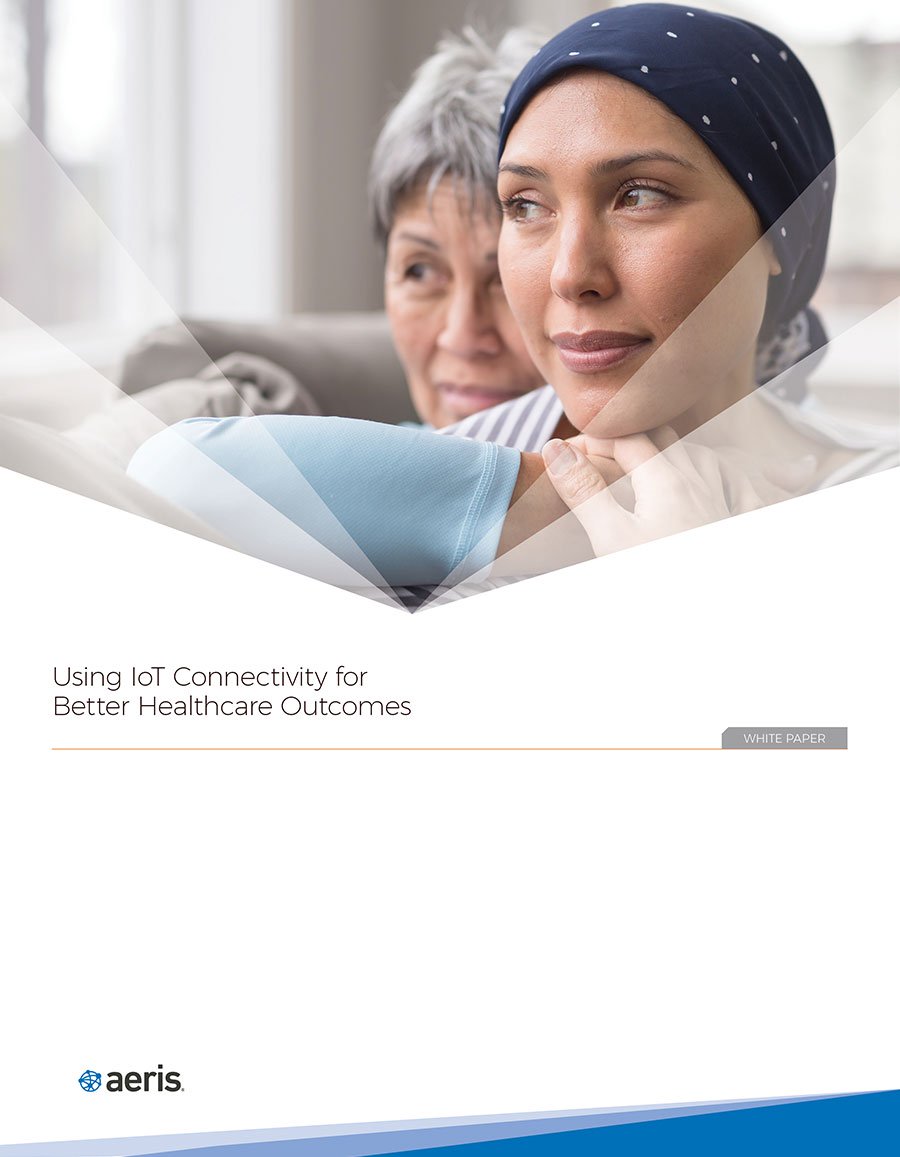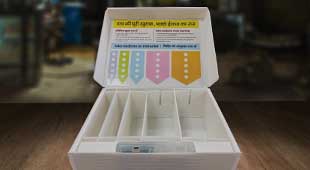Connected health can mean many things within the medical field—institutional remote access, early detection and diagnosis, medical adherence, remote patient monitoring, wearables, or even compliance for insurance purposes. Regardless of the function or definition, delivering better patient outcomes is the goal.
To get to an improved quality of life for the patient, several things need to occur, both within the medical profession and in the surrounding services that enable doctors to improve care. The challenge for medical providers is how to provide first-class healthcare while remaining fiscally responsible.
This paper focuses on several areas where always-on, reliable connectivity for remote patient monitoring can assist the medical profession in improving healthcare availability, providing better patient outcomes while also reducing the overall cost for care.
Remote patient monitoring lowers the cost burden for the insurance sector; assists the medical device manufacturer with gain granular insights gathered from the volumes of data created by a connected healthcare process; assists the physician / caretaker in gaining valuable patient activity insights; improves medical / insurance compliance to ensure that the devices are being used properly; and confirms that the patient receives the proper care at the right time. Additionally, as medical professionals begin to utilize the collected data, they also are moving to diagnosing (and treating) ancillary diseases.
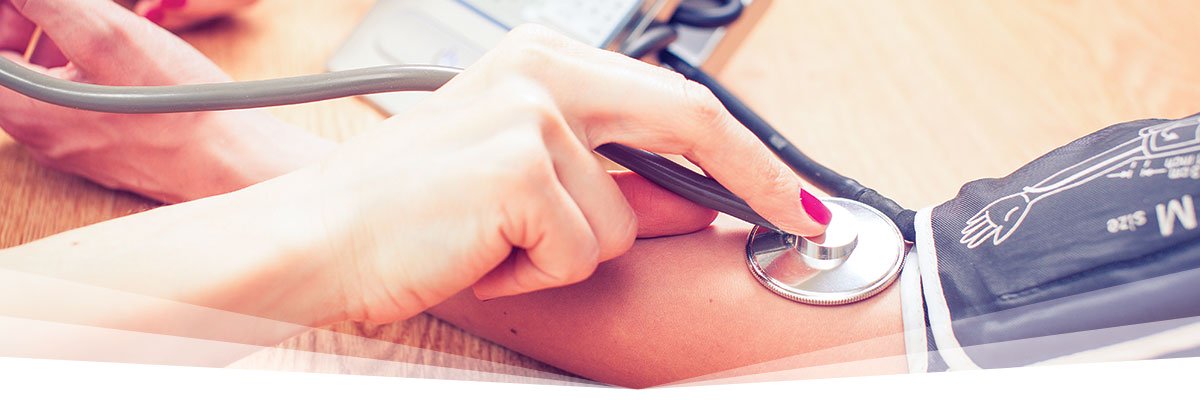
In order to be reimbursed by insurers for medical devices, providers need to show that their devices (i.e., Continuous Positive Airway Pressure or CPAPs) are working or that the patient’s medicinal intake is recorded (i.e., connected pill dispensers). A data-driven usage matrix can show how and when a device was used so a reimbursement can be made by the insurance provider. Additionally, without the data, machines in need of repair or those not in use might go unnoticed, thus leading to a financial black hole.
Real-world example: In dealing with a global company that provides medical devices, Aeris delivered an advanced connectivity and management platform that enabled insurers and device providers to review objective evidence of adherence and compliance. The Aeris Connectivity Platform (ACP) provided real-time statistics for adherence monitoring, delivering data of whether a patient was using a CPAP device for four or more hours per night for 70% of the nights in a consecutive 30-day period. Not only was this data useful to the doctor and patient, but it also provided guidance for insurance companies in regards to whether to pay up if the device is not being used properly or at all.
Missed medication and medical adherence is a huge challenge globally for healthcare providers and pharmaceutical companies alike. Nearly $300 billion is spent on missed medication and adherence issues in the U.S. alone, with the global pharmaceutical market’s revenue loss reaching approximately $564 billion. In fact, adherence rates for daily medications are under 40%.
Connected IoT healthcare devices improve the efficacy and quality of medical treatments significantly. In contrast, a poorly executed connected solution actually can cost healthcare providers valuable time and money, especially when it causes disruptions in remote monitoring or in letting the patient know the times to take medication.
The goal, therefore, is to improve medical adherence and deliver actionable feedback using real-time intelligence gathered through connected pill dispensers, connected pill pouches, medical devices and masks, and more.
Real-world example: Wisepill, a medical device company, provides intelligent solutions to improve the quality of medical treatments through solutions that enable people to take the right medication at the right time.
To improve adherence, the company created data gathering technology that can be adapted to work in blister packs, pill dispensers, and pill pouches, providing patient support and personal adherence feedback in real time.
Wisepill, however, needed to provide service at a competitive price, with the ability and agility for global connectivity. The company needed a partner with expertise in IoT, and this partner needed to offer competitive pricing, global coverage, and the agility to adapt its services as growth occurred.
The device maker turned to the Aeris Connectivity Platform (ACP) for solutions. By leveraging Aeris’ expertise, the company was able to provide services that increased the well-being of patients, reduced medical risk, avoided upfront fees, and provided the lowest total cost of ownership possible. Aeris’ flexible approach has allowed the company to roll-out the solution globally without the added headache of changing payment plans or being faced with untenable upfront fees.
With the carrier- and technology-agnostic solution, the company was able to scale faster, reaching far more patients than ever before. Without these all-inclusive connectivity capabilities, the company’s growth would have been severely limited.
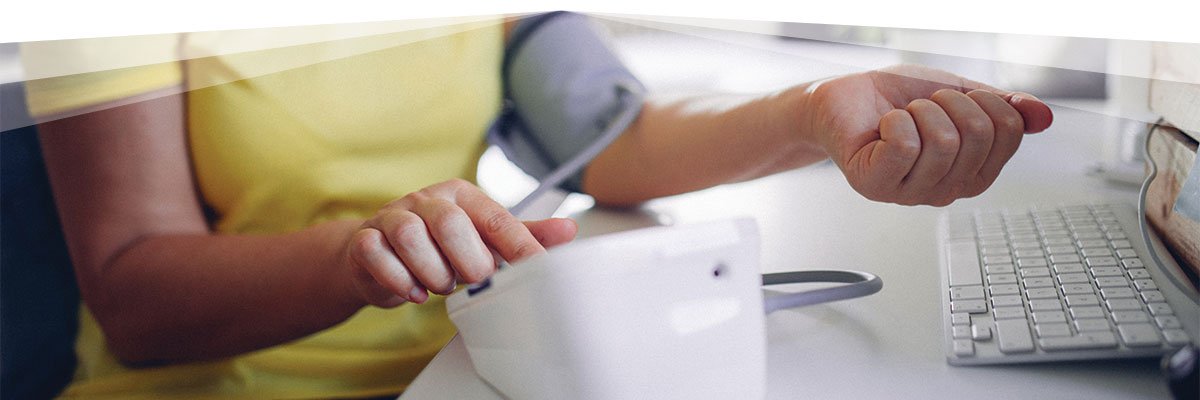
IoT technologies are changing the way health services are delivered by allowing recipients to remain in their homes to receive care and to avoid costly hospital stays. Companies are expanding remote patient monitoring for in-home services by providing solutions that reinforce independent living tailored to serve aging and physically or mentally disabled populations nationwide. The ability to monitor patients who might wander (with, for example, autism or dementia) provides additional oversight for providers and caregivers.
Connected health technology doesn’t require active participation to ensure compliance. Homes equipped with wireless sensors can gather and collect critical data automatically about daily living activities and health conditions, and deliver actionable insights to case managers. As a result, remote patient monitoring plays a significant role in reducing hospital re-admissions, which, in turn, reduces the patient morbidity rate while also reducing overall healthcare network costs.
According to a recent report, a majority of people now say that they would be open to wearable, medical monitoring technology provided by a doctor (65 percent), a hospital (62 percent), or a health insurance company (62 percent).
Real-world example: SimplyHome designs and installs wireless technology products and related care-focused services. The company needed a reliable and secure IoT connected solution that provided a gateway to power its monitoring processes. After a thorough testing phase, SimplyHome chose Aeris partner CloudGate, which provided the open and modular architecture needed for its IoT / M2M platform. The Aeris solution included an intelligent gateway, an open IoT application development environment with a portfolio of expansion cards, and a cloud-based provisioning service. This met all the market requirements for a robust, secure, feature-rich routing platform that supported customers in the quest for better health results.
The ability of Aeris’ service to move across different cellular coverage areas allowed the company to expand its business reach to different areas of the country. This type of access would not have been possible if tied to a single cellular provider. In addition, the time needed to install services dropped from two hours to a few minutes as the cellular modules and connections only needed to be
plugged in to begin operation. Removing complex steps, such as device installations, provided patients, caregivers, and doctors with a much easier path to health management.
For SimplyHome, Aeris created a customized, low-cost structure to enable its unique business model. With Aeris’ IoT cellular network services, the company now offers more competitive pricing to its customers, thereby significantly reducing end users’ monthly bills.
The Aeris Connectivity Platform is purpose-built to provide a better global IoT solution across multiple carriers and multiple technologies. ACP reduces operational complexities while improving coverage and cost optimization by moving deployments away from connectivity silos to multi-channel implementations. And it does so by using a single interface for all carriers, technologies, and deployments. By implementing a Bring Your Own Carrier concept, which prevents carrier or technology lock-in, Aeris simplifies next-generation hybrid technologies and gives companies greater control over devices, deployments,usage, and billing.
Aeris’ multi-technology, multi-network connectivity solutions can deliver maximum healthcare value by combining the advantages of 3G, 4G, and soon-to-be 5G cellular connectivity with the benefits of non-cellular technologies, such as low power wide area networks (LPWA), Wi-Fi, and more, across CDMA, GSM, and LTE networks.
Additionally, Aeris seamlessly delivers connectivity in more than 190 countries, across more than 550 underlying carriers, all delivered on a single platform. Aeris cellular networks were built specifically for IoT, delivering increased performance, visibility,
and control.
ACP provides complete control over the entire device lifecycle. The platform includes a device management component to provision, activate, and bill devices—all bound together with enhanced customer support. Device traffic management provides customers with the ability to analyze performance and cost drivers and, when combined with alerts management, allows for a wide range of pre-defined or option-driven system alerts and reports, thereby ensuring optimum performance. Additional ACP functionality provides IoT Data Management; IoT Analytics; IoT Asset Management; and IoT Billing.
Device Management via Over-the-Air (OTA) Updates
You have 100 medical devices or 1,000,000 devices, all of which will need security and maintenance updates. How many hours of your workforce are you allocating for that? If you cannot provide OTAs, managed from one central location, then you are missing out on significant savings. Additionally, without updates, it could mean you are using yesterday’s solutions for today’s problems, and that could end up costing a lot.
Just like everything else, IoT devices have a product lifecycle. IoT device management enables the administration of many functions, including device inventory, monitoring and diagnostics, configuration, firmware updates, security patches, remote command execution, activation / decommissioning, and a whole lot more. There is a pressing business need to be able to manage and update IoT devices seamlessly and remotely.
Having software flexibility, in combination with managing various types of accounts in a multi-tiered environment, can enable full visibility and control over your device status and functionality.
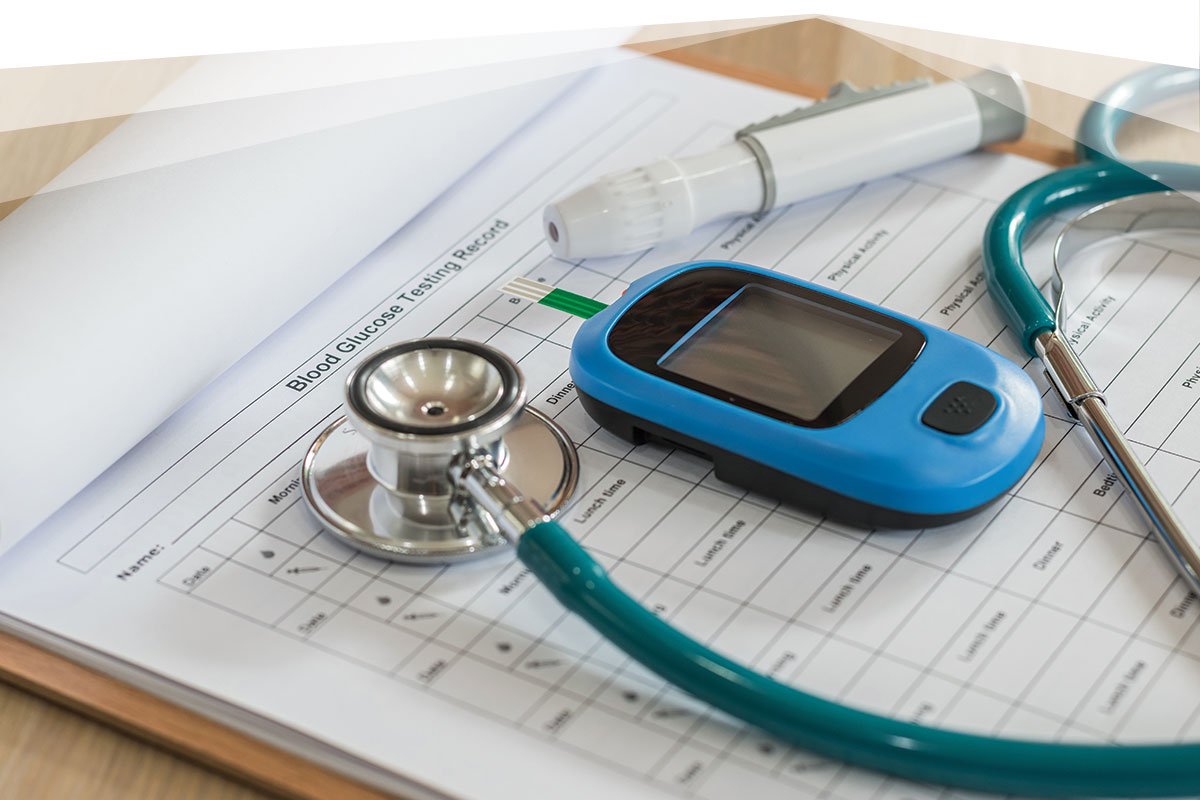
Reducing Operational Complexities and Costs
Carrier-agnostic solutions allow customers to simply bring their existing carrier relationships onto the Aeris platform. As a market differentiator, Aeris provides a single platform to seamlessly manage current and future deployed devices, regardless of technology or carrier. The flexibility of this modular platform allows customers to reduce the operational complexities of managing a multi-carrier deployment by enabling synchronicity and oversight of any cellular devices on the Aeris platform, whether the deployments are domestic or global.
Aeris helps simplify multiple carrier connectivity management by empowering customers with the capabilities to streamline cellular operations, control and manage cellular costs, and enhance troubleshooting capabilities—all on a single platform for all deployments. Advantages of a carrier-agnostic solution include:
With a single platform, as well as a single management interface for all devices, ACP is architected to adapt to the rapid change of technology while simplifying the complexity of managing multiple connectivity relationships.
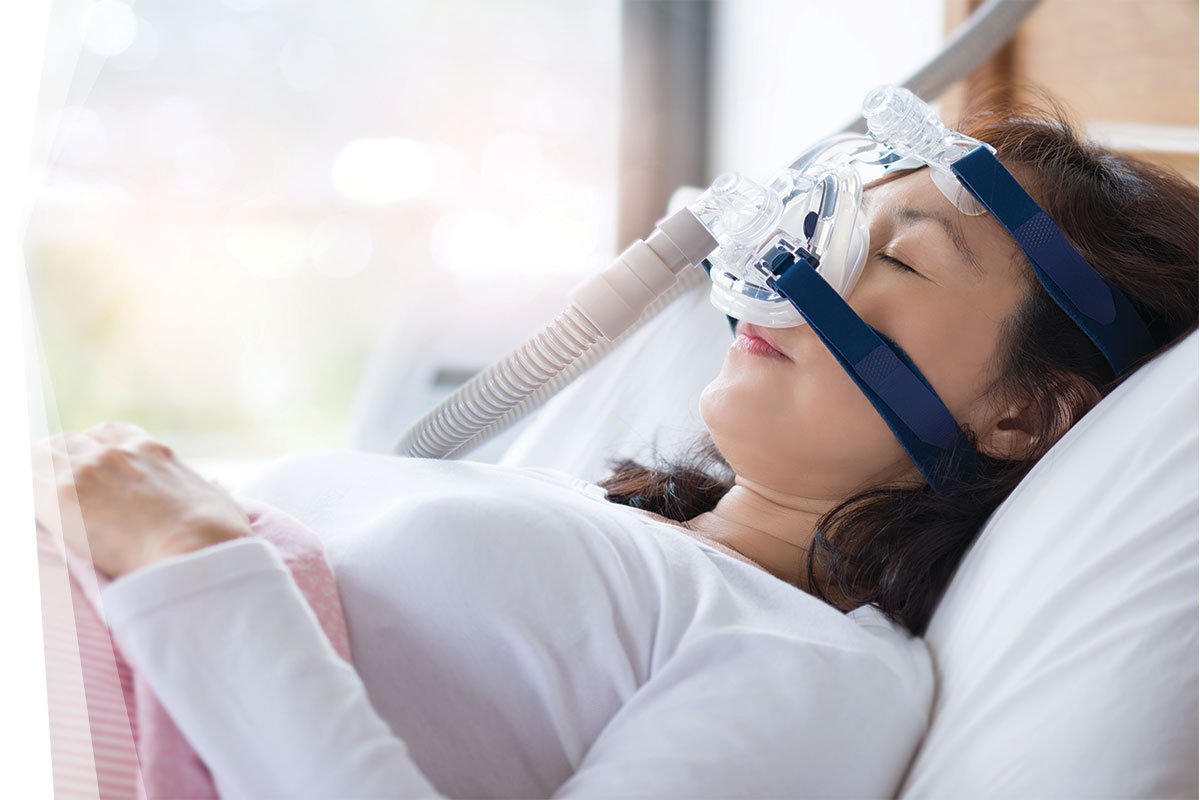
Within a few decades, the share of the total population aged 65 and older will quickly ramp upwards from 15 percent to nearly 24 percent, which means that the ratio of caregivers to seniors will continue to drop. Adopting new technology is essential for healthcare organizations that want to serve the growing number of older adults, as well as a slew of other patients that would benefit from these types of services. By using real-time connected device data, medical professionals can prescribe the best procedures or medications even if the patient is not standing in front of them.
Delivering precise information, along with prompts to take medication, will result in greater levels of engagement, improved medicinal adherence, and, therefore, improved health outcomes for participating patients.
Connected devices help to create an informed and transparent ecosystem in which the patient, the physician, the healthcare provider, big pharma, and insurers all have real-time access to information that immediately improves adherence and/or compliance rates for the patient population.
In the short term, connected healthcare helps physicians assess patients more accurately based on data, rather than patient interpretation. In the long run, it will enable healthcare providers to
shape healthcare and medicine regimens more appropriately, help pharmaceutical companies deliver more effective products, and help insurers maintain costs. But even more important, it will produce better health outcomes at lower prices, especially for patients that require monitoring, medicinal scheduling, or those that use medical devices on a daily basis.
